В том же 1970 г. свет увидел еще один двухцветный штабелируемый сервиз, который был спроектирован видным итальянским керамистом и преподавателем керамики Чезаре Сартори, начинавшим как скульптор и автор крупных художественных работ из стекла и керамики, а после приложившим руку и к сфере дизайна.
А закончим мы сегодняшнюю заметку серией штабелируемых сервизов, созданных Риккардо Швейцером, знаменитым итальянским художником и скульптором, в творчестве которого керамика всегда занимала особое место. В 1950-1954 гг. Швейцер жил и работал в Валлорисе, где познакомился с множеством деятелей авангарда, в том числе Пикассо, Роже Капроном и Корбюзье. Успешно совмещавший искусство и промышленный дизайн на протяжении своей головокружительной карьеры, Швейцер в 1970 г. начал сотрудничать с фабрикой «Pagnossin», для которой и были спроектированы все эти наборы, в том числе шарообразный комплект посуды для молодоженов.
По пятничному обычаю предлагаем желающим отгадать, как звали этот сервиз.
———
1970 saw yet another two-toned stackable set which was designed by Cesare Sartori, a prominent Italian sculptor and teacher of ceramics who had started as an artist responsible for unique large-scale sculptures made of clay and glass and then tried his hand with the field of design.
To conclude this snapshot of interlocking tableware designs from the 1970s, here’s a selection of stackable sets by Riccardo Schweizer, a renowned Italian artist and sculptor who was always passionate about ceramics; for one, in 1950-1951, he lived and worked in Vallauris meeting a lot of avant-garde figures such as Picasso, Roger Capron, or Le Corbusier there. Always successfully vacillating between art and design, Schweizer created a few mass-producible sets for Pagnossin starting in 1970.
We’re sharing some of these sets with you and, typically for a Friday night quiz, are inviting anyone willing to guess the name of the last one here which was designed for young couples.
(photos here and above: premiomidec.it, lulop.com, mudeto.it, museoginori.org, Archivio Cesare Sartori, nowarc.com, lot-art.com, bukowskis.com, deesup.com, drouot.com, stylepark.com, barbaraschweizeredizioni.com)
А закончим мы сегодняшнюю заметку серией штабелируемых сервизов, созданных Риккардо Швейцером, знаменитым итальянским художником и скульптором, в творчестве которого керамика всегда занимала особое место. В 1950-1954 гг. Швейцер жил и работал в Валлорисе, где познакомился с множеством деятелей авангарда, в том числе Пикассо, Роже Капроном и Корбюзье. Успешно совмещавший искусство и промышленный дизайн на протяжении своей головокружительной карьеры, Швейцер в 1970 г. начал сотрудничать с фабрикой «Pagnossin», для которой и были спроектированы все эти наборы, в том числе шарообразный комплект посуды для молодоженов.
По пятничному обычаю предлагаем желающим отгадать, как звали этот сервиз.
———
1970 saw yet another two-toned stackable set which was designed by Cesare Sartori, a prominent Italian sculptor and teacher of ceramics who had started as an artist responsible for unique large-scale sculptures made of clay and glass and then tried his hand with the field of design.
To conclude this snapshot of interlocking tableware designs from the 1970s, here’s a selection of stackable sets by Riccardo Schweizer, a renowned Italian artist and sculptor who was always passionate about ceramics; for one, in 1950-1951, he lived and worked in Vallauris meeting a lot of avant-garde figures such as Picasso, Roger Capron, or Le Corbusier there. Always successfully vacillating between art and design, Schweizer created a few mass-producible sets for Pagnossin starting in 1970.
We’re sharing some of these sets with you and, typically for a Friday night quiz, are inviting anyone willing to guess the name of the last one here which was designed for young couples.
(photos here and above: premiomidec.it, lulop.com, mudeto.it, museoginori.org, Archivio Cesare Sartori, nowarc.com, lot-art.com, bukowskis.com, deesup.com, drouot.com, stylepark.com, barbaraschweizeredizioni.com)
❤25🔥15👍3
group-telegram.com/midcenturymodern/14723
Create:
Last Update:
Last Update:
В том же 1970 г. свет увидел еще один двухцветный штабелируемый сервиз, который был спроектирован видным итальянским керамистом и преподавателем керамики Чезаре Сартори, начинавшим как скульптор и автор крупных художественных работ из стекла и керамики, а после приложившим руку и к сфере дизайна.
А закончим мы сегодняшнюю заметку серией штабелируемых сервизов, созданных Риккардо Швейцером, знаменитым итальянским художником и скульптором, в творчестве которого керамика всегда занимала особое место. В 1950-1954 гг. Швейцер жил и работал в Валлорисе, где познакомился с множеством деятелей авангарда, в том числе Пикассо, Роже Капроном и Корбюзье. Успешно совмещавший искусство и промышленный дизайн на протяжении своей головокружительной карьеры, Швейцер в 1970 г. начал сотрудничать с фабрикой «Pagnossin», для которой и были спроектированы все эти наборы, в том числе шарообразный комплект посуды для молодоженов.
По пятничному обычаю предлагаем желающим отгадать, как звали этот сервиз.
———
1970 saw yet another two-toned stackable set which was designed by Cesare Sartori, a prominent Italian sculptor and teacher of ceramics who had started as an artist responsible for unique large-scale sculptures made of clay and glass and then tried his hand with the field of design.
To conclude this snapshot of interlocking tableware designs from the 1970s, here’s a selection of stackable sets by Riccardo Schweizer, a renowned Italian artist and sculptor who was always passionate about ceramics; for one, in 1950-1951, he lived and worked in Vallauris meeting a lot of avant-garde figures such as Picasso, Roger Capron, or Le Corbusier there. Always successfully vacillating between art and design, Schweizer created a few mass-producible sets for Pagnossin starting in 1970.
We’re sharing some of these sets with you and, typically for a Friday night quiz, are inviting anyone willing to guess the name of the last one here which was designed for young couples.
(photos here and above: premiomidec.it, lulop.com, mudeto.it, museoginori.org, Archivio Cesare Sartori, nowarc.com, lot-art.com, bukowskis.com, deesup.com, drouot.com, stylepark.com, barbaraschweizeredizioni.com)
А закончим мы сегодняшнюю заметку серией штабелируемых сервизов, созданных Риккардо Швейцером, знаменитым итальянским художником и скульптором, в творчестве которого керамика всегда занимала особое место. В 1950-1954 гг. Швейцер жил и работал в Валлорисе, где познакомился с множеством деятелей авангарда, в том числе Пикассо, Роже Капроном и Корбюзье. Успешно совмещавший искусство и промышленный дизайн на протяжении своей головокружительной карьеры, Швейцер в 1970 г. начал сотрудничать с фабрикой «Pagnossin», для которой и были спроектированы все эти наборы, в том числе шарообразный комплект посуды для молодоженов.
По пятничному обычаю предлагаем желающим отгадать, как звали этот сервиз.
———
1970 saw yet another two-toned stackable set which was designed by Cesare Sartori, a prominent Italian sculptor and teacher of ceramics who had started as an artist responsible for unique large-scale sculptures made of clay and glass and then tried his hand with the field of design.
To conclude this snapshot of interlocking tableware designs from the 1970s, here’s a selection of stackable sets by Riccardo Schweizer, a renowned Italian artist and sculptor who was always passionate about ceramics; for one, in 1950-1951, he lived and worked in Vallauris meeting a lot of avant-garde figures such as Picasso, Roger Capron, or Le Corbusier there. Always successfully vacillating between art and design, Schweizer created a few mass-producible sets for Pagnossin starting in 1970.
We’re sharing some of these sets with you and, typically for a Friday night quiz, are inviting anyone willing to guess the name of the last one here which was designed for young couples.
(photos here and above: premiomidec.it, lulop.com, mudeto.it, museoginori.org, Archivio Cesare Sartori, nowarc.com, lot-art.com, bukowskis.com, deesup.com, drouot.com, stylepark.com, barbaraschweizeredizioni.com)
BY Mid-Century, More Than
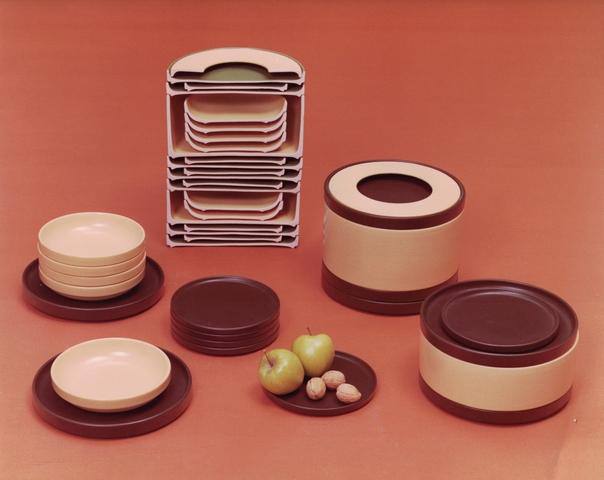
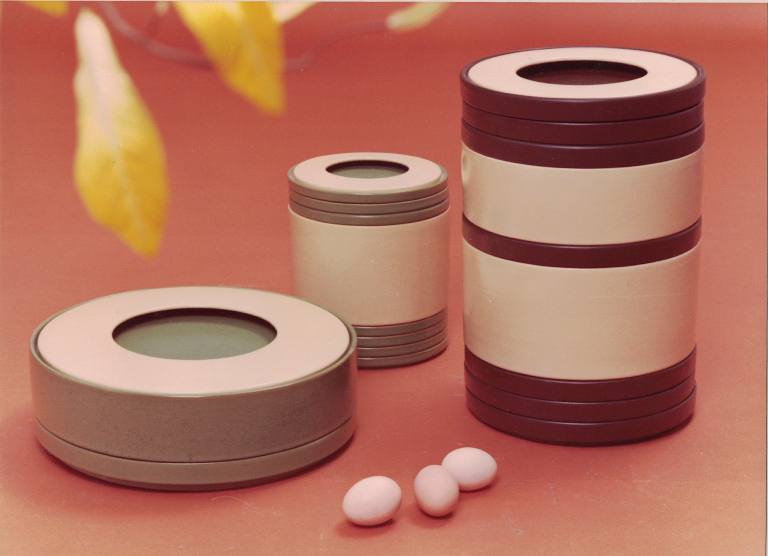
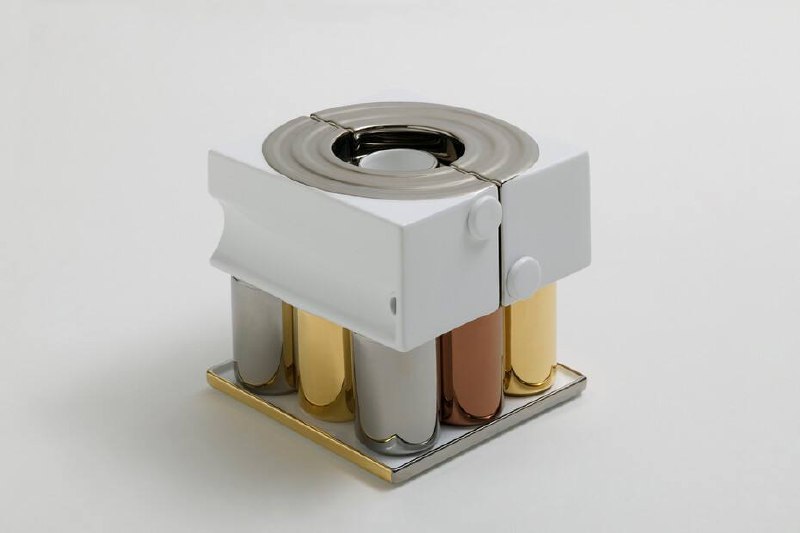
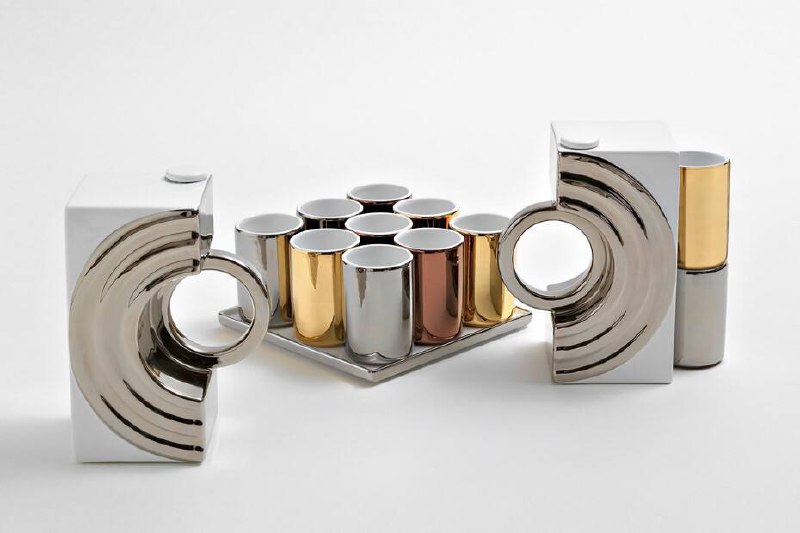
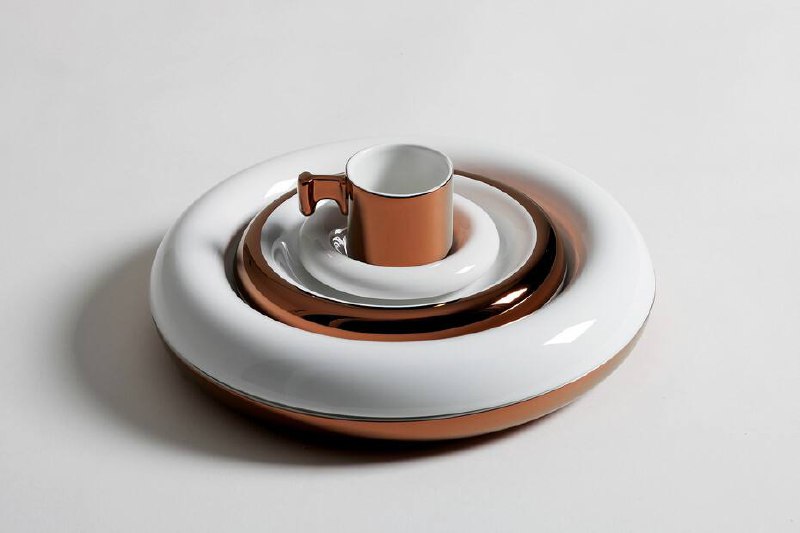
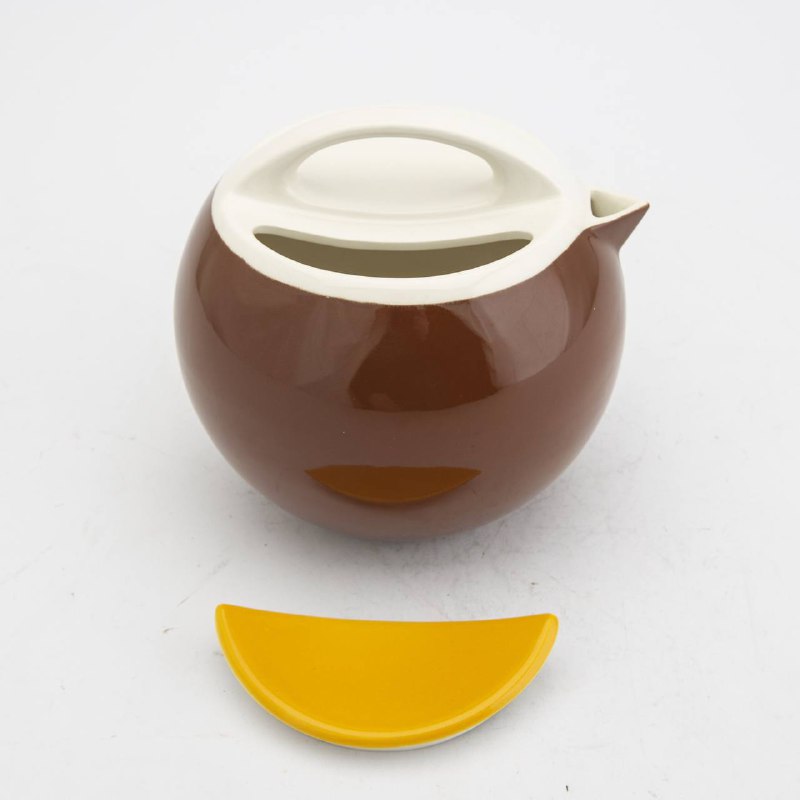
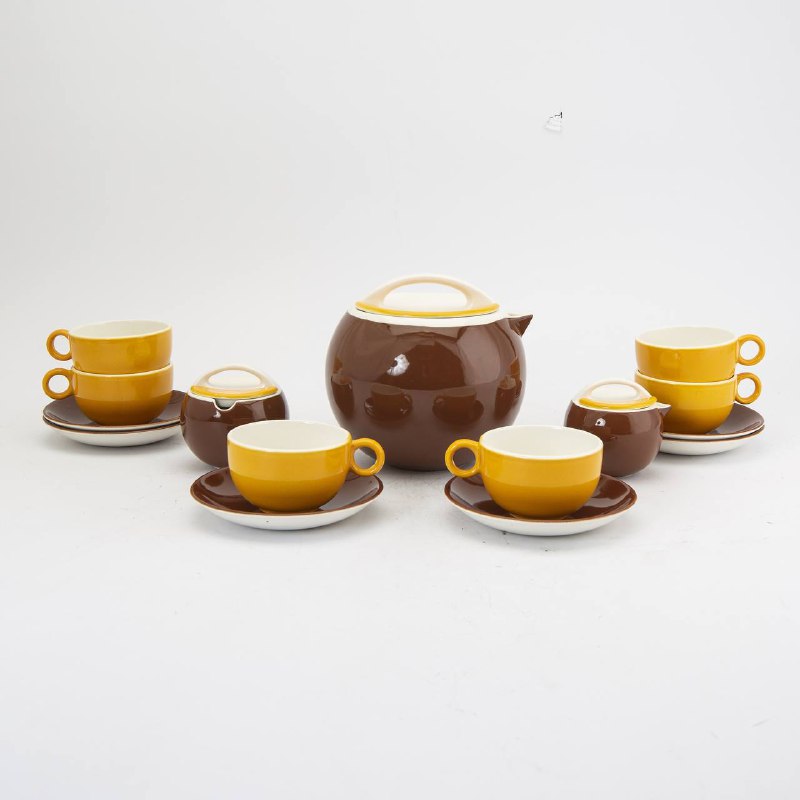
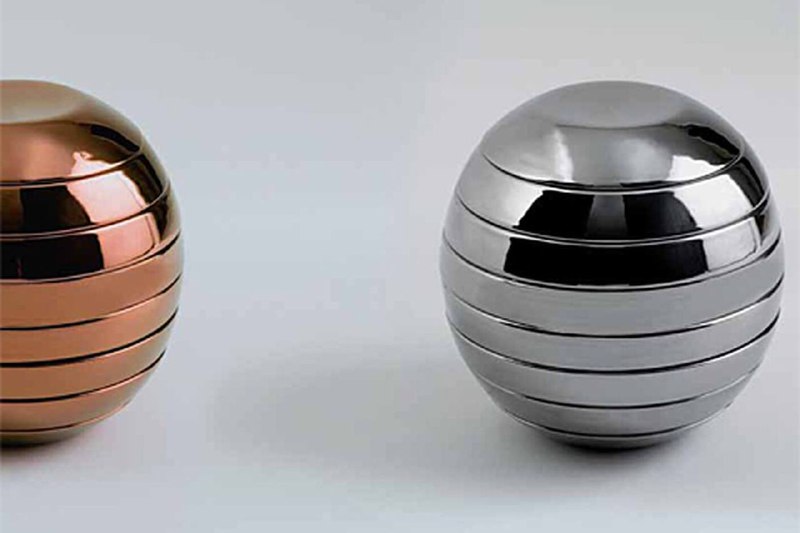
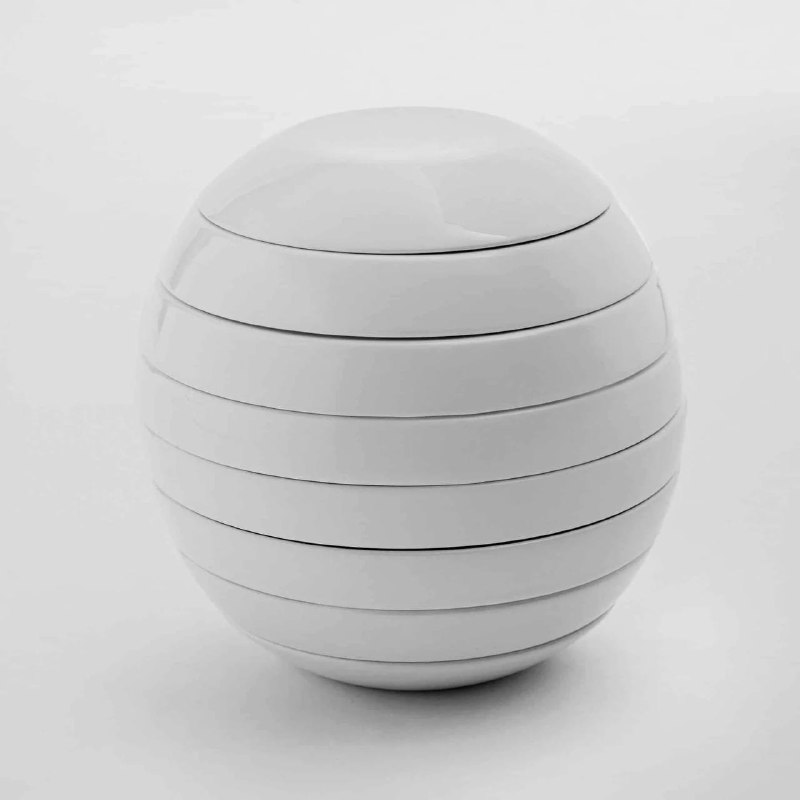
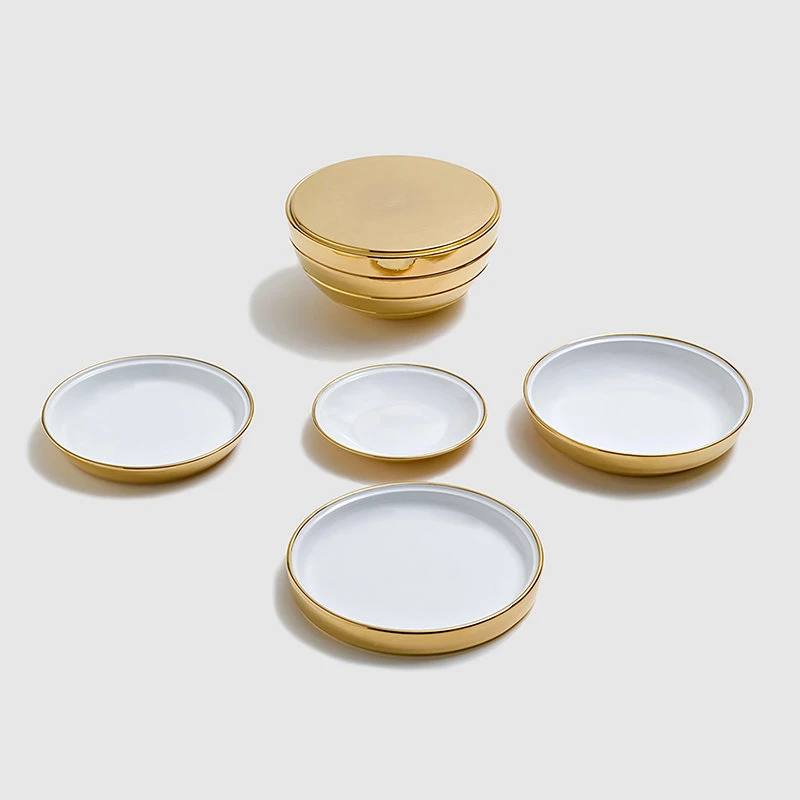
Share with your friend now:
group-telegram.com/midcenturymodern/14723
